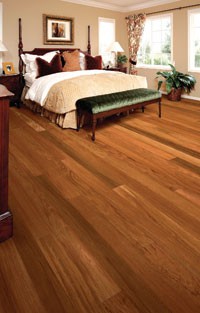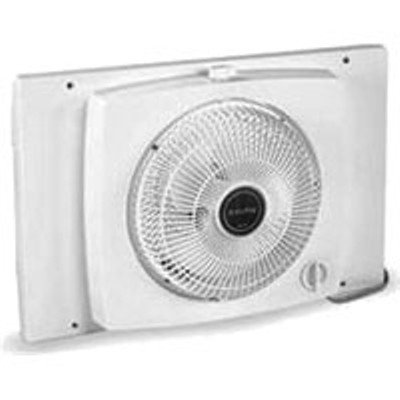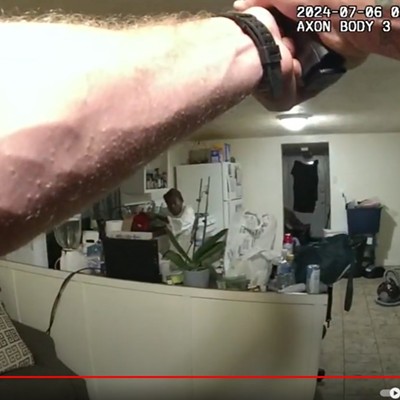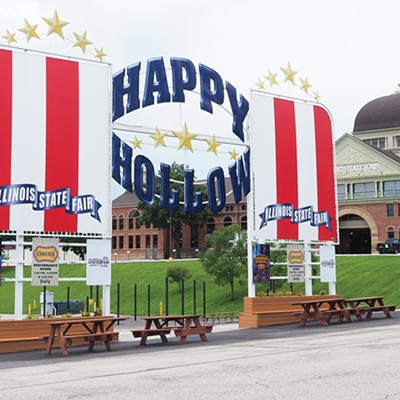Hardwood, one of the most beautiful flooring materials, is a natural, renewable resource. Even though wood is a reasonable insulator, it will not provide as much insulation as carpeting over a pad does. With its millions of tiny air pockets, though, wood flooring does feel warm to your feet, and its natural rich appearance creates a comfy ambiance.
The insulation level of the flooring material does not have a significant impact on utility bills. If your home is built over a crawl space, either insulate beneath the floor structure or insulate the entire crawl space. For a house on a slab, insulate around the slab perimeter. If you have a basement, the temperature difference across the floor is insignificant.
By “best” woods, most people mean “most durable and attractive.” There are significant differences among the various hardwoods used for flooring. With children in a home, durability is likely your first priority. With proper care, wood flooring can hold up well under their little feet.
There are two characteristics that constitute durability. The first is hardness of the wood surface. A harder wood holds up better to foot traffic and resists dents from dropped items. Even if the surface finish gets scratched and marred, it can be refinished with very little sanding. A softer wood may require more sanding to level the surface.
The second characteristic of durability is stability. A hardwood that is stable will not change shape and size much with changes in humidity and temperature over the course of the year. If you prefer natural ventilation during the summer, with its higher humidity, stability should be a consideration.
The hardest woods, such as hard maple, hickory, and red oak, may not always be the most stable. Always check on the specific species, not just a general name such as cherry. Brazilian cherry is more than twice as hard as black cherry, but black cherry is more stable.
An environmentally good alternative to solid flooring is engineered hardwood. A veneer of real hardwood is bonded to several plies of less expensive woods. This makes it more stable than most solid hardwoods. The veneer is thick enough for several sandings when it’s refinished.
The appearance of the flooring is a function of the type of wood, type of finish, and patterns. One of the newest designs for do-it-yourself installation is a puzzle floor. The hardwood pieces are shaped as interlocking puzzle pieces. It is laid as a floating floor for easy installation.
These companies offer hardwood flooring: Boen Hardwood Flooring, 540-638-3700, www.boen.com; Briggs Engineered Wood Products, 800-750-5563, www.puzzlefloor.com; Harris-Tarkett, 800-842-7816, www.harristarkett.com; Junckers Hardwood, 800-878-9663, www.junckershardwood.com; and Kentucky Wood Floors, 866-273-8478, www.kentuckywood.com.
Dear Jim: I have often read about making my own solar collector, using an aluminum sheet to capture the heat. Will steel sheet work as well as aluminum?
Aluminum sheeting is typically used because is does not corrode, weighs less than steel, and transfers heat effectively. Aluminum sheeting, if you can find it, is also much easier to bend and cut.
Steel sheeting is an alternative, but make sure that it is thin; this will keep the weight lower and help transfer heat better. Carefully paint both sides with high-temperature paint, because any bare areas may corrode. Corrosion looks bad and impedes the sheeting’s solar performance.
Send questions to James Dulley,
6906 Royalgreen Dr.,
Cincinnati, OH 45244
or go to www.dulley.com.
















